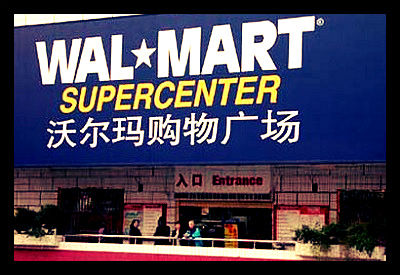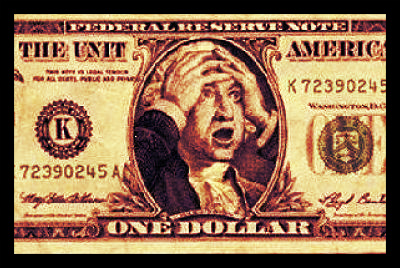
Many countries measure their unemployment rate differently. However, unemployed people are individuals who are actively seeking for job but could not obtain jobs. Reason for unemployment varies from economy downturn, and changes of particular industry to lack of required skills.
In third world countries, global unemployment is cause by overpopulation and lack of education. Unemployment rate is one of the biggest indicators of the economy, but it is also one of the biggest indicators of poverty. Countries with high unemployment rate normally have high level of poverty.
An example of the relationship between poverty and unemployment rate is Greece. In 2008, Greece unemployment rate was 7.7%, but after the economics crisis, the unemployment rate rose to 23.8% in 2012. The same situation is spotted in Spain. Spain’s unemployment rate in 2012 is 24.9%. Even though these numbers are high, but African countries are at alarming levels. Some high unemployment rates in Africa are: Kenya (40%), Congo (49.1%), and Djibouti (59.5%).
In the United States, the unemployment rate is only 7.7% in 2013, but it results in slow economic recovery and more people each day is living under poverty level. With only half of the population employed, these countries do not have enough income to distribute among all their citizens.
Half of the people are unable to support themselves with adequate shelters, food, and medical supply. In developed countries such as the United States, the government offers welfare for unemployed citizens to maintain the standard of living. However, in developing countries, welfare programs do not exist or are very limited. Unemployed individuals are struggling every for their basic needs.
When the world economy is recording due to the emerging market, many people are still suffering from the impact of the economic crisis.
– Phong Pham
Sources: Huffingtion Post, International Labour Organization, Trading Economics, Global Finance
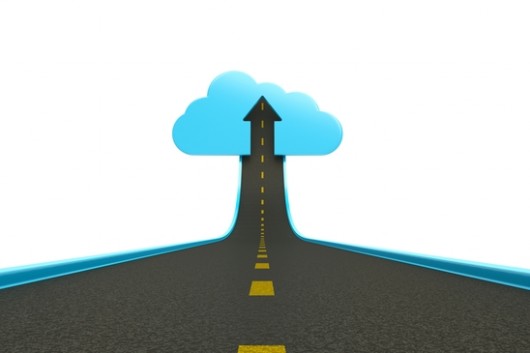

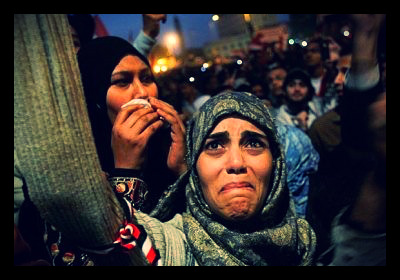

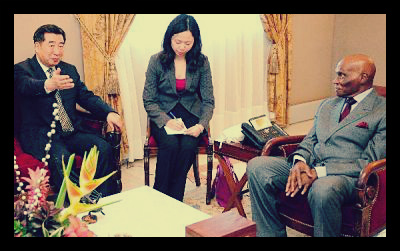
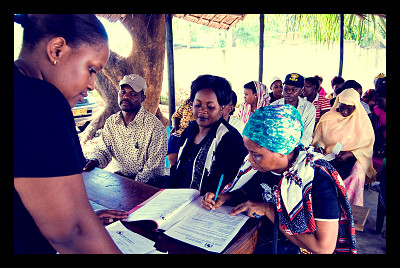
 Some people claim that we are living in revolutionary times. With terms like Arab Spring and Occupy Wall Street becoming part of our everyday lexicon, it’s hard to argue otherwise. But one revolution occurring outside the lens of the mainstream media involves young, tech-savvy entrepreneurs applying creative
Some people claim that we are living in revolutionary times. With terms like Arab Spring and Occupy Wall Street becoming part of our everyday lexicon, it’s hard to argue otherwise. But one revolution occurring outside the lens of the mainstream media involves young, tech-savvy entrepreneurs applying creative 